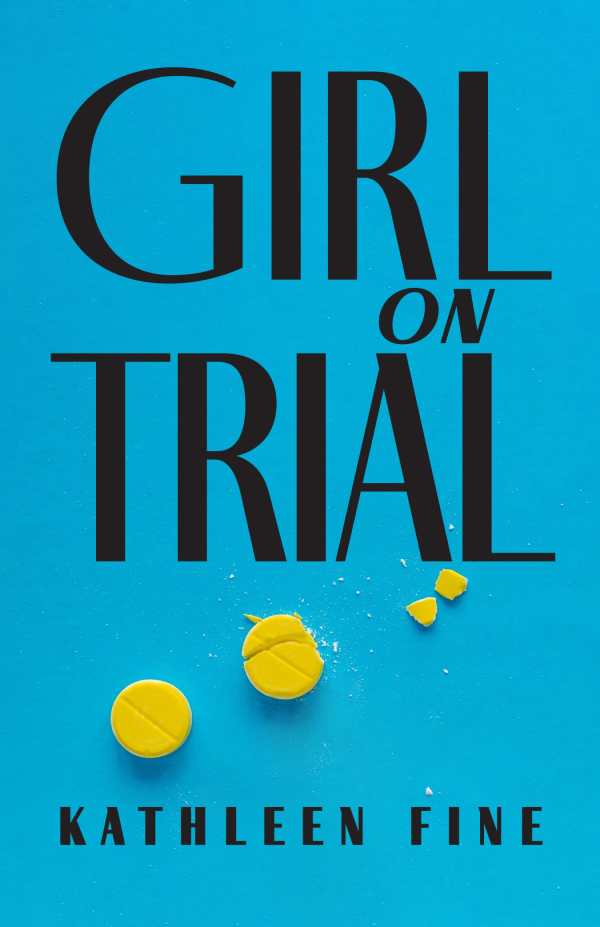Girl on Trial
In Kathleen Fine’s thriller Girl on Trial, a teenager is prosecuted for manslaughter.
Emily is sixteen. On top of her more ordinary concerns, her mother, Debbie, is an alcoholic; she’s developing an addiction to alcohol herself; and she’s been accused of leaving a gas burner on, causing the deaths of a family for whom she babysat. The question of Emily’s guilt, however, becomes secondary to the series of events that led to this outcome.
The story, told in a dual timeline, is tense throughout. The chapters set during the trial give tantalizing hints at the true events, and the chapters set in the past expand upon them. As a result, what appears to be a straightforward story becomes complex and layered as Emily’s painful experiences, and her reactions to them, become clear. At the end, the timelines merge together to answer the question of Emily’s guilt.
The book’s interpersonal dynamics are revelatory: Debbie may falter at parenting, but she still loves her children—a fact most evident when she learns that her daughter has survived a violent assault and responds by giving Emily her unwavering support. And the collapse of Emily’s friendship with easygoing Steph illustrates how popularity-obsessed Emily has become. Indeed, Emily’s fixation with social media leads her to present her life in flattering yet deceiving ways. In contrast, media outlets depict her as a cold-blooded killer. The truth is more complex than either portrayal, though.
Reality wars with public perception in Girl on Trial, a suspenseful thriller in which a maligned teenager is forced to fight for justice.
Reviewed by
Carolina Ciucci
Disclosure: This article is not an endorsement, but a review. The publisher of this book provided free copies of the book to have their book reviewed by a professional reviewer. No fee was paid by the publisher for this review. Foreword Reviews only recommends books that we love. Foreword Magazine, Inc. is disclosing this in accordance with the Federal Trade Commission’s 16 CFR, Part 255.

